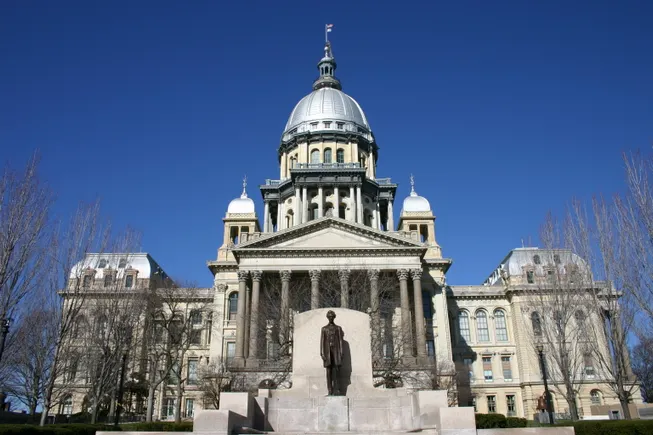The medieval period, spanning roughly the 5th to 15th centuries CE, witnessed the widespread development of walled cities and fortified settlements across Europe, the Middle East, and parts of Asia. These fortifications were a response to frequent invasions, raids, and political instability, as well as a reflection of social hierarchy, military technology, and urban planning strategies. Walled cities not only provided protection but also served as administrative, economic, and religious centers, shaping the structure and life of medieval societies.
Historical Context
Following the fall of the Roman Empire, Europe faced a prolonged period of instability known as the Early Middle Ages. Invasions by Vikings, Magyars, and Saracens, coupled with internal conflicts between feudal lords, created a need for secure settlements. Towns and villages were often clustered around castles, monasteries, or natural defensible sites such as hilltops and river bends.
The concept of the walled city evolved from Roman military fortifications, which were adapted to meet the changing needs of medieval society. Fortified cities became a symbol of power, wealth, and authority, as well as a practical measure for survival in an insecure environment.
Key Features of Walled Cities
- City Walls
- The primary defensive element, often made of stone or brick and sometimes reinforced with earthworks.
- Walls were thick and high, capable of withstanding siege engines and attacks.
- Walkways and battlements allowed defenders to patrol and launch counterattacks.
- Gates and Gatehouses
- Walled cities had limited entry points called gates, which were heavily guarded and often equipped with portcullises, drawbridges, and towers.
- Main gates served as both security checkpoints and economic control points, where taxes or tolls could be collected.
- Examples: Bristol (England) and Carcassonne (France) had multiple gates integrated with defensive towers.
- Towers and Bastions
- Towers were placed at intervals along the wall for surveillance and defense.
- Bastions projected outward from the wall, allowing defenders to flank attackers and cover blind spots.
- Round towers became popular in later medieval periods as they were more resistant to battering than square towers.
- Moats and Ditches
- Many walled cities were surrounded by moats filled with water or dry ditches, creating an additional obstacle for attackers.
- Moats served both defensive and drainage purposes and sometimes supplied water to the town.
- Fortified Citadel or Keep
- Within the city, a castle or citadel served as the last line of defense.
- The keep housed the ruling lord or garrison and contained armories, storage, and living quarters.
- Example: The Tower of London functioned both as a fortress and a royal residence.
- Narrow Streets and Urban Layout
- Streets inside walled cities were narrow, winding, and often irregular, designed to slow down invaders.
- Central areas contained the market square, town hall, and major church, while peripheral zones were occupied by artisans and laborers.
Purpose of Walled Cities
- Defense and Military Security
- Protection from external threats such as rival lords, bandits, and invading armies.
- Allowed townspeople to survive sieges, with walls providing space for stockpiling food and water.
- Symbol of Authority
- Walls and gates represented the power and prestige of the ruler, bishop, or local lord.
- Cities with impressive fortifications attracted settlers and traders, strengthening economic and political control.
- Economic and Social Control
- Gates regulated the flow of goods, people, and taxes, enabling effective economic management.
- Guilds, markets, and religious institutions flourished within protected walls, ensuring civic stability.
Fortification Techniques and Evolution
Medieval fortification evolved in response to advancements in military technology:
- Early Medieval Walls
- Simple stone or timber walls with towers at corners and gates.
- Example: Rothenburg ob der Tauber (Germany) used basic stone walls for defense.
- High Middle Ages (11th–13th century)
- Introduction of concentric walls — multiple layers of walls with interlocking gates.
- Machicolations and arrow slits allowed defenders to attack without exposing themselves.
- Examples: Carcassonne (France) and Avila (Spain) are classic concentric walled cities.
- Late Medieval Period (14th–15th century)
- Adaptation to gunpowder artillery led to lower, thicker walls with angled bastions.
- Star forts and earthworks emerged in parts of Europe to counter cannon fire.
- Example: Italian cities like Palmanova show geometric fortifications designed for artillery defense.
Examples of Walled Cities
- Carcassonne, France: Famous for double walls, moats, and 53 towers.
- Avila, Spain: Preserved medieval stone walls with fortified gates.
- Rothenburg ob der Tauber, Germany: Example of a medieval trade town with protective walls.
- York, England: Roman origins with medieval enhancements; walls encircle much of the historic city.
- Dubrovnik, Croatia: Coastal walled city with massive fortifications to guard against sea invasions.
Impact on Urban Life
Walled cities influenced social, economic, and urban structures:
- Population Density: Limited space within walls encouraged vertical building and compact urban design.
- Social Hierarchy: Wealthier inhabitants lived near the center; lower classes occupied peripheral areas.
- Commerce: Market squares inside walls became hubs for trade, guilds, and public gatherings.
- Culture: Religious and civic buildings within fortified areas reflected authority and identity.
While walls provided security, they also restricted expansion. As populations grew and defense became less critical in later centuries, towns often expanded beyond walls, leading to the development of suburbs and modern urban planning.
Conclusion
Walled cities and fortifications were a defining feature of medieval urban life, shaped by the need for security, economic control, and social organization. They combined military engineering, architectural innovation, and urban planning to create settlements that could withstand invasions while supporting thriving communities. From imposing stone walls and towers to moats and citadels, these cities reflect the priorities and ingenuity of medieval societies. Even today, surviving walled towns are admired as symbols of medieval power, craftsmanship, and urban design.






















